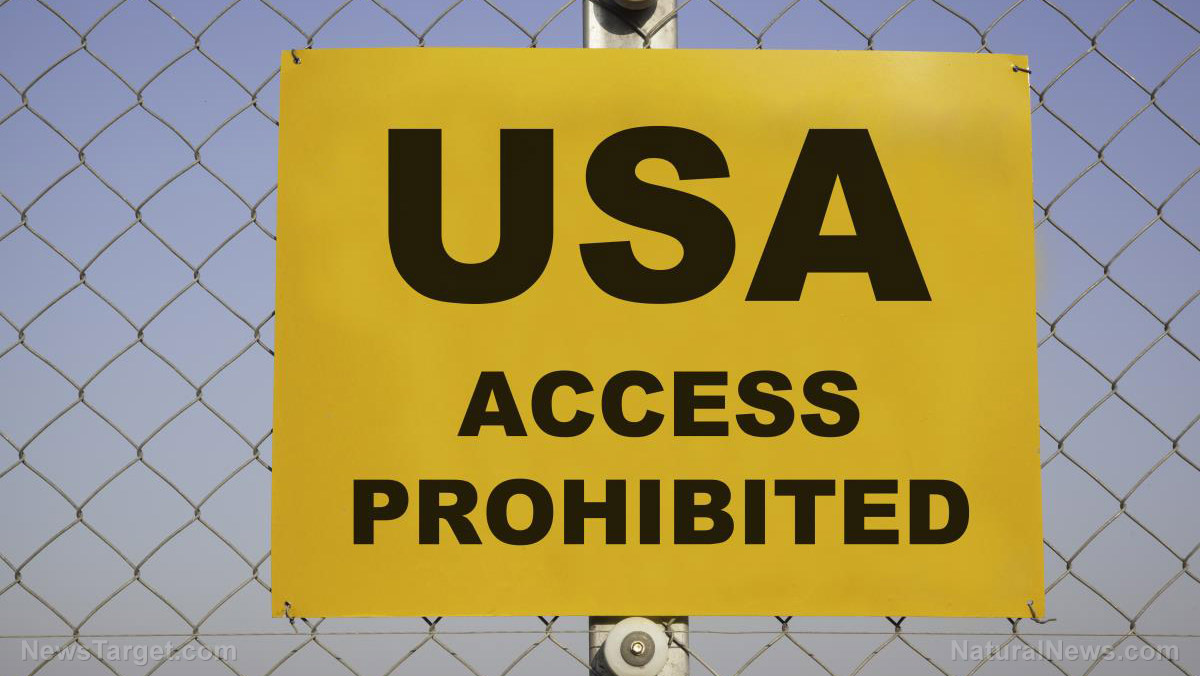How Cloud-Based ETL Pipelines Are Transforming Real-Time Healthcare Decision Making
Why This Matters? In healthcare, time isn't just money; it's lives. Every second counts when a patient’s vitals drop or an allergic reaction is about to happen. So how do hospitals and systems react fast enough? Behind that quick response, there's often an unsung hero quietly doing its job: the ETL pipeline. What’s a Cloud-Based ETL Pipeline, Anyway? If you're a developer, you’ve probably touched ETL (Extract, Transform, Load). In healthcare, these pipelines pull patient data from different systems; like EHRs, labs, and devices; clean it up, and move it to a centralized platform like Snowflake or Azure Synapse. But here’s the cool part: with cloud tech, these pipelines aren’t just batch jobs anymore. They’re powering real-time insights that help doctors and decision-makers act on up-to-the-minute data. Real-Life Use Cases Where ETL Saves Lives 1. Live ICU Monitoring Alerts Imagine a patient’s heart rate spikes dangerously. A real-time ETL job reads that, matches it to thresholds, and instantly pings a nurse. "Patient HR > 150 for 90 seconds" Nurse alerted within 10 seconds That’s modern healthcare. That’s impact. 2. Smart Drug Interaction Checks Before a prescription gets finalized, an ETL pipeline pulls allergy history and drug interaction databases to flag risky combos. "Patient allergic to penicillin; recommend alternative." 3. Real-Time Operational Dashboards Hospital execs monitor everything from ER wait times to staff distribution; powered by live ETL feeds piped into Power BI or Tableau dashboards. What I Use In the Real World In my work on U.S. healthcare platforms, I use: Azure Data Factory to stitch the pipelines together Snowflake for lightning-fast queries .NET APIs to trigger downstream alerts Power BI for crisp, real-time visuals It’s all HIPAA-compliant, highly scalable, and used daily to improve real patient outcomes. Visual: Simplified Pipeline Flow Why This Is Bigger Than Tech Let’s zoom out. Cloud-based ETL isn’t just about data plumbing; it’s about public health resilience: Detecting disease outbreaks faster Improving care for military & veterans Handling hospital surges during disasters Your code? Your logic? It’s part of the national healthcare safety net. That’s pretty awesome. Conclusion If you’re working in healthcare tech, you're already serving the nation; even if you don’t wear a badge. Next time you’re building a pipeline, remember: it’s not just ETL. It’s Enable. Transform. Save lives.
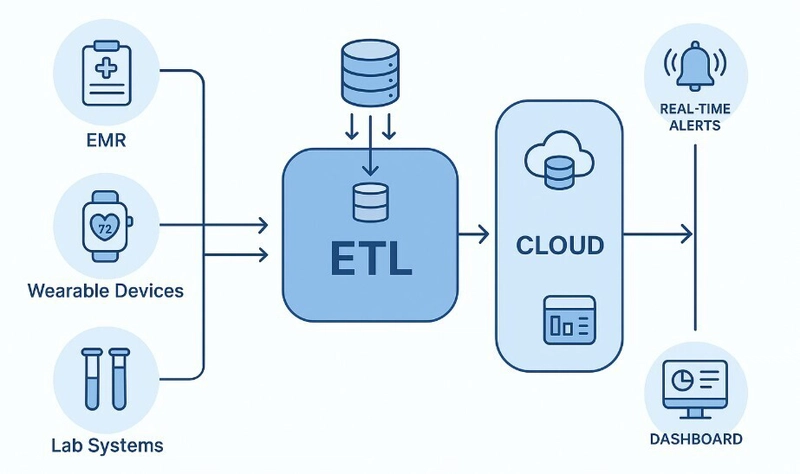
Why This Matters?
In healthcare, time isn't just money; it's lives. Every second counts when a patient’s vitals drop or an allergic reaction is about to happen. So how do hospitals and systems react fast enough?
Behind that quick response, there's often an unsung hero quietly doing its job: the ETL pipeline.
What’s a Cloud-Based ETL Pipeline, Anyway?
If you're a developer, you’ve probably touched ETL (Extract, Transform, Load). In healthcare, these pipelines pull patient data from different systems; like EHRs, labs, and devices; clean it up, and move it to a centralized platform like Snowflake or Azure Synapse.
But here’s the cool part: with cloud tech, these pipelines aren’t just batch jobs anymore. They’re powering real-time insights that help doctors and decision-makers act on up-to-the-minute data.
Real-Life Use Cases Where ETL Saves Lives
1. Live ICU Monitoring Alerts
Imagine a patient’s heart rate spikes dangerously. A real-time ETL job reads that, matches it to thresholds, and instantly pings a nurse.
"Patient HR > 150 for 90 seconds"
Nurse alerted within 10 seconds
That’s modern healthcare. That’s impact.
2. Smart Drug Interaction Checks
Before a prescription gets finalized, an ETL pipeline pulls allergy history and drug interaction databases to flag risky combos.
"Patient allergic to penicillin; recommend alternative."
3. Real-Time Operational Dashboards
Hospital execs monitor everything from ER wait times to staff distribution; powered by live ETL feeds piped into Power BI or Tableau dashboards.
What I Use In the Real World
In my work on U.S. healthcare platforms, I use:
- Azure Data Factory to stitch the pipelines together
- Snowflake for lightning-fast queries
- .NET APIs to trigger downstream alerts
- Power BI for crisp, real-time visuals
It’s all HIPAA-compliant, highly scalable, and used daily to improve real patient outcomes.
Visual: Simplified Pipeline Flow
Why This Is Bigger Than Tech
Let’s zoom out.
Cloud-based ETL isn’t just about data plumbing; it’s about public health resilience:
- Detecting disease outbreaks faster
- Improving care for military & veterans
- Handling hospital surges during disasters
Your code? Your logic? It’s part of the national healthcare safety net. That’s pretty awesome.
Conclusion
If you’re working in healthcare tech, you're already serving the nation; even if you don’t wear a badge.
Next time you’re building a pipeline, remember: it’s not just ETL. It’s Enable. Transform. Save lives.









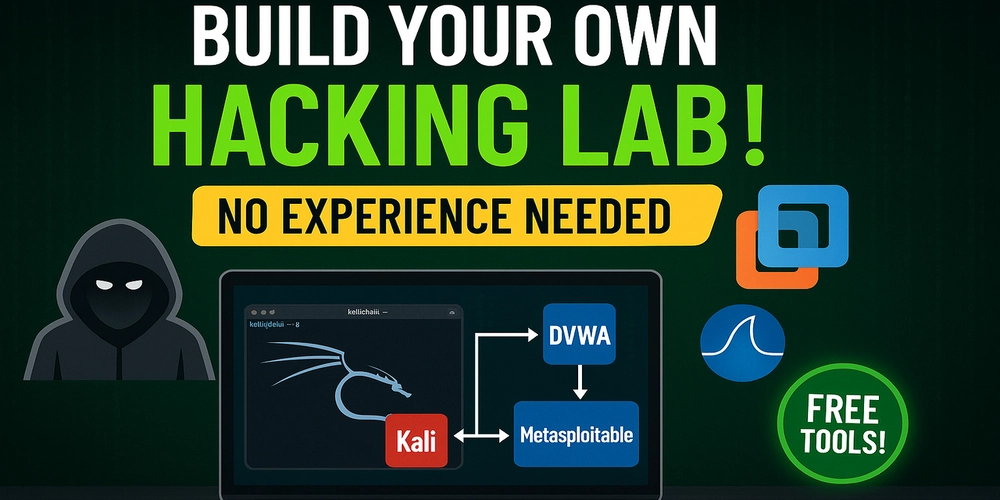
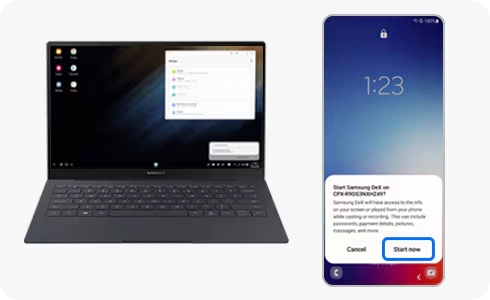

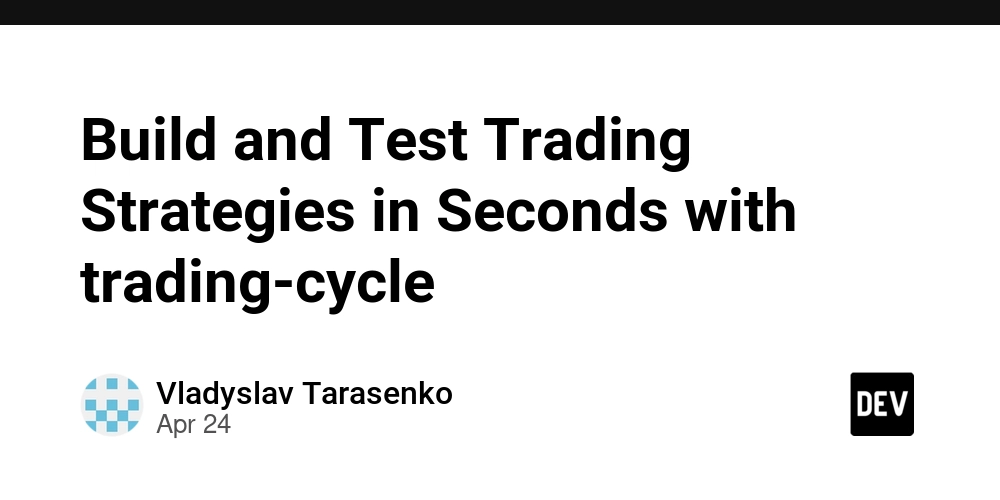




_Olekcii_Mach_Alamy.jpg?width=1280&auto=webp&quality=80&disable=upscale#)






















